Teaching idea: Entering the Escape room
William Morrow
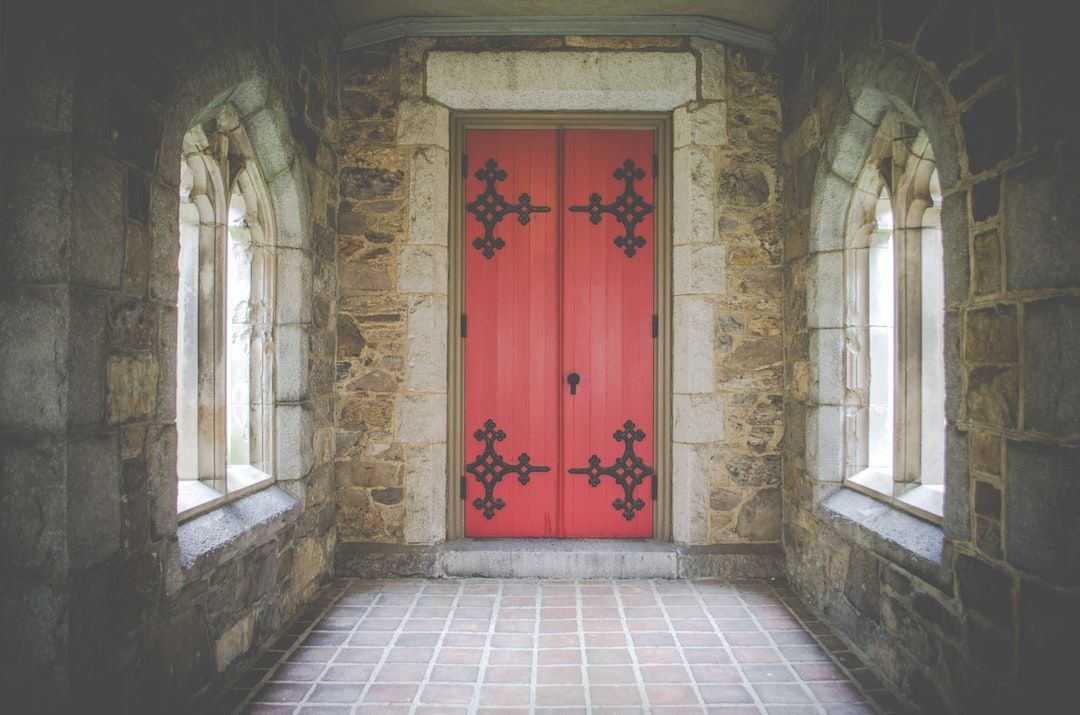
Do you feel like you rely on using the same old materials in class? Want to try something new and engaging with you students? Here. Will talks you through his experience with using Escape rooms with his students for the first time.
Background
Do you ever get that feeling when you’re in a class, ... that you’ve been here before?
After a little break from teaching to work on course and materials creation, I was given the chance to get back in the classroom for a couple of weeks. I was excited, I had a pre-advanced class, which I was told was lively and fun!
I started to think about my lesson and what topics we could cover. I started to put together a plan for the week and felt...... well, like I'd been here before.
As an English language teacher, I'd always been on the lookout for new and engaging ways to make lessons fun for my students, however, somewhere along the way I think I became comfortable with using the materials that I knew worked and stuck with those.
I wanted to do something different, something that I hadn’t tried before, and this lively pre-advanced class was the perfect opportunity to do so!
I thought about what I could do, I didn’t want to do something just for the sake of it. It was important that the tasks and activities remained meaningful to the students. Then I remembered, one of my colleagues, Yoita, had used the idea of an Escape room in her classes.
The Escape room
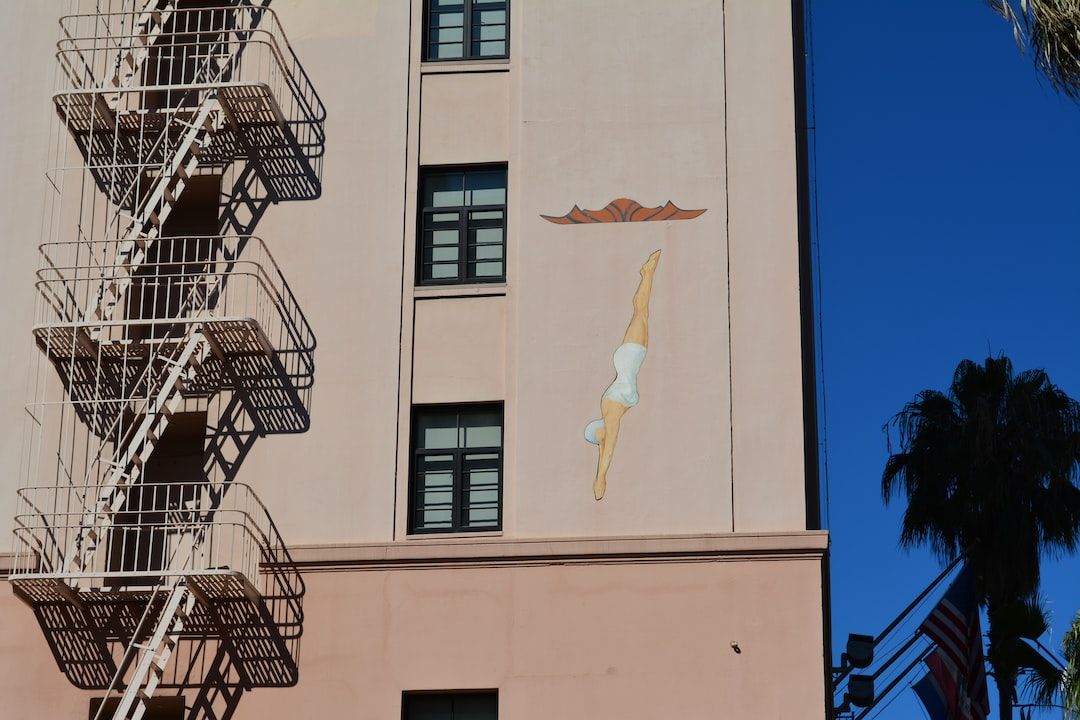
The idea behind using escape rooms is to create an immersive experience that encourages students to actively engage with the language they're learning. Putting their language skills to the test in a fun and challenging environment can improve their retention and understanding of the material.
After doing some research into how the Escape room concept can be adapted into an English language classroom lesson, I discovered many wonderful and creative teachers sharing their thought and ideas.
I decided to give it a go and share how the experiment went.
I decided to give it a go and share how the experiment went.
The lesson
Firstly, I needed to think of a reason to use an Escape room that would be meaningful to the class. Escape rooms are aimed at solving a puzzle or task. However, I decided to use it to recycle and revise lexis from the previous lessons.
Here is a photo of the whiteboard from the end of the lesson on Monday, I gave myself a day to prepare my materials, so the 1st Escape room would be held on Wednesday.
Here is a photo of the whiteboard from the end of the lesson on Monday, I gave myself a day to prepare my materials, so the 1st Escape room would be held on Wednesday.
As you can see from the board, the topic of the lesson focused on arguments, and how you can respond in certain situations and the potential effects these responses can have.
Secondly, I needed to decide what language I was going to pick. Luckily, we had covered quite a bit, so there was plenty to choose from. I decided to go for seven expressions as it was my first time, and I wasn't sure how the students would react.
If they hated it, it would be over soon. If they loved it, it would leave them wanting more! So, I thought seven was a good number to start with.
If they hated it, it would be over soon. If they loved it, it would leave them wanting more! So, I thought seven was a good number to start with.
For the next part of the lesson, I need to show you what my classroom looks like:
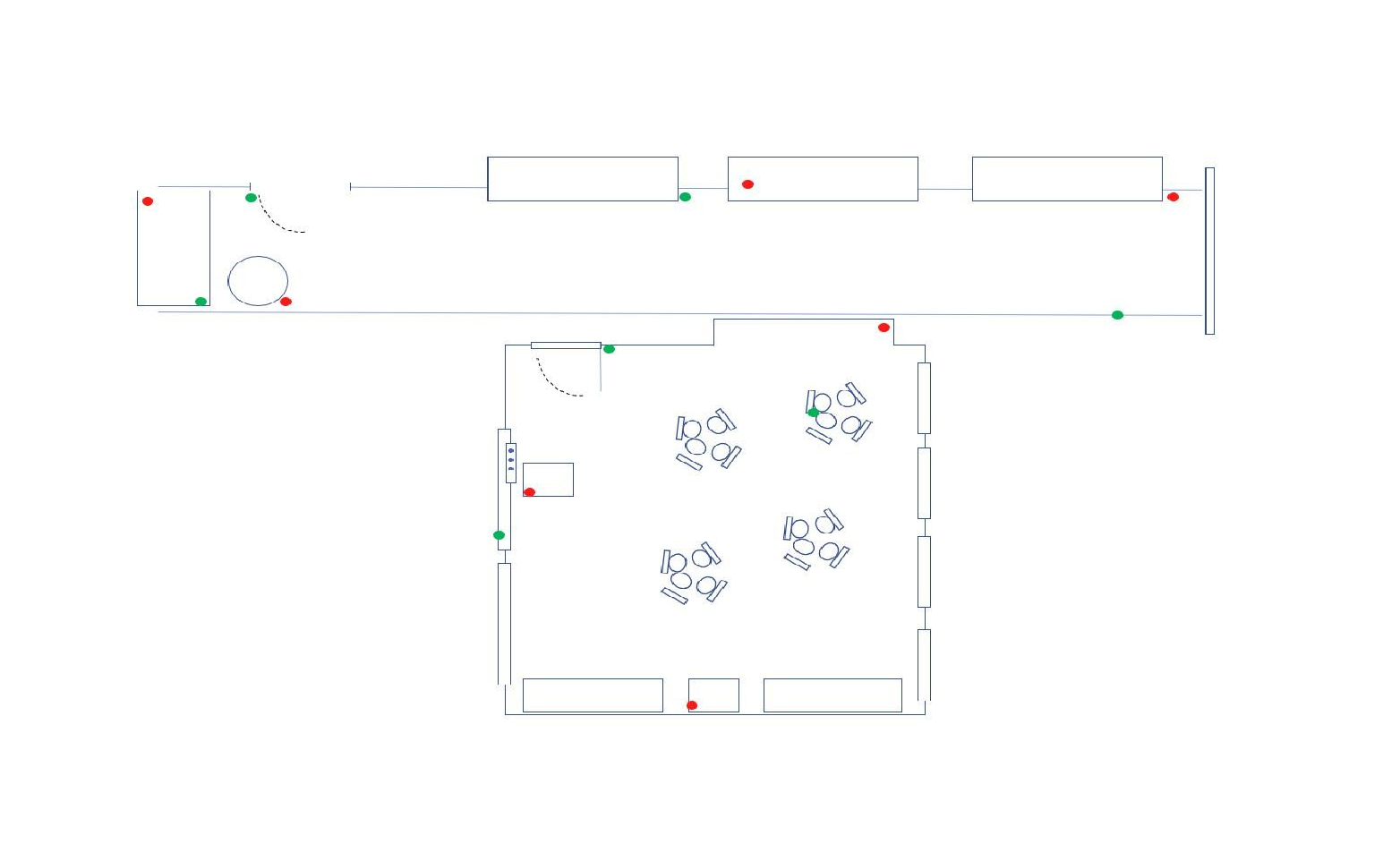
Normally, an Escape room is confined to 1 room, that’s the whole point of the game! However, I couldn’t find enough hiding spots in the class as we had to split the class into two teams (red and green), so I extended out into the hallway.... Escape room became, ‘Escape the floor’
On the class plan, you can see red and green dots, these indicate where I have hidden a ‘task token’.
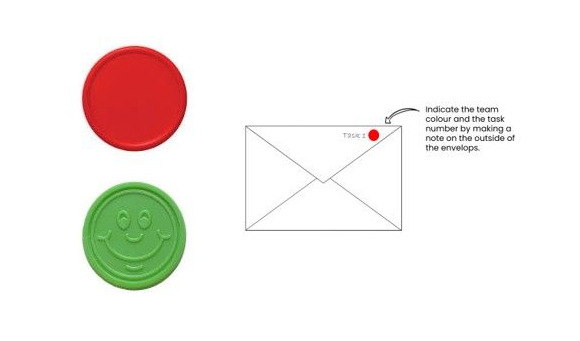
When the teams locate one of their team’s task tokens, they bring it to the teacher, who will exchange it for a task. All tasks are sealed in an envelope, TIP: number and mark the envelopes to help you keep track of which team has done what task (trust me!)
The students work together to complete the puzzle, which can range from a simple gap-fill task to something more interactive such as a QR code that will take the students to a Kahoot! Question or quiz. The more interactive tasks require more prep time at first, but often serve to keep the engagement high in the class, and once you have a few templates, the time it takes to create Kahoot! Questions or short Flip questions drop significantly.
The students work together to complete the puzzle, which can range from a simple gap-fill task to something more interactive such as a QR code that will take the students to a Kahoot! Question or quiz. The more interactive tasks require more prep time at first, but often serve to keep the engagement high in the class, and once you have a few templates, the time it takes to create Kahoot! Questions or short Flip questions drop significantly.
The students work together to agree on an answer to the task. They then go to the teacher, who takes on the role of a ‘gamemaster’ to give their answer. If it is correct, the students can then hunt for their next task token. If they get the answer incorrect, they need to regroup and think again. They can't move on until they get the correct answer.
The teams work their way through all 7 tasks, it’s neck and neck most of the way and competition is high. I have also placed little treats like a bag of sweets to keep the students’ spirits up when they can’t find a token. You can always have a few ‘hints and tips’ ready to direct the teams to the tokens if you have hidden them a little too well!
As the groups race towards the 7th task, they think they are finished, but I have a surprise for them... ONE FINAL TASK!
On PowerPoint, I open a slide with a code on it:

On the walls around the room are four similar looking ciphers. I selected the 'Blue Loge Cipher' below, and created four versions. (You can simply move the symbols on one word and voila! you have a new cipher).

The teams race to decode the phrase, but first they need to identify the correct cipher. The team that wins is the first shout the phrase out as:
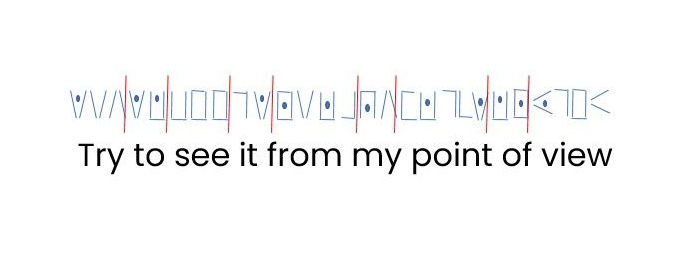
Benefits of using escape rooms in an English language classroom:
1. Encourages active learning: Escape rooms encourage students to actively engage with the vocabulary they're learning, making the learning experience more enjoyable and memorable.
2. Increases motivation: The excitement and challenge of escape rooms can motivate students to participate more actively in the learning process.
3. Enhances teamwork and collaboration: Escape rooms require students to work together to solve puzzles and challenges, helping them to develop collaboration skills.
4. Improves problem-solving skills: By solving puzzles and challenges, students develop critical thinking and problem-solving skills that are valuable in all areas of life.
5. Offers a practical application of learning: Escape rooms allow students to see how the vocabulary they're learning can be applied in a real-world context, making the learning more meaningful and practical.
6. Provides instant feedback: Escape rooms provide instant feedback on whether students are successfully applying their knowledge, which can help to reinforce their learning.
7. Supports differentiated instruction: Escape rooms can be designed to cater to a range of learning abilities and styles, providing opportunities for differentiated instruction.
8. Enhances student engagement: The immersive and interactive nature of escape rooms can capture students' attention and keep them engaged for longer periods of time.
9. Encourages creativity: Students are encouraged to think creatively in order to solve the puzzles and challenges presented in escape rooms.
10. Provides a fun and engaging way to revise vocabulary: Perhaps the most important benefit of using escape rooms is that they offer a fun and engaging way to revise vocabulary, making the learning experience more enjoyable and memorable for students.
Final thoughts
Overall, I had a very positive experience trying out Escape rooms in my class.
Do they take longer than other tasks and activities to create and prepare? Initially, yes. However, I think once you create the templates and have an ideas of how to set them up, that prep time would reduce.
By creating an immersive and engaging learning experience, they can improve their retention and understanding of the material while also developing valuable skills that will serve them well in all areas of life.
Do they take longer than other tasks and activities to create and prepare? Initially, yes. However, I think once you create the templates and have an ideas of how to set them up, that prep time would reduce.
By creating an immersive and engaging learning experience, they can improve their retention and understanding of the material while also developing valuable skills that will serve them well in all areas of life.
Give it a go yourself and let us know about it in the community!
Get in touch
-
International House London, 16 Stukeley Street, London, WC2B5LQ
-
teacherportal@ihlondon.com
-
Contact us





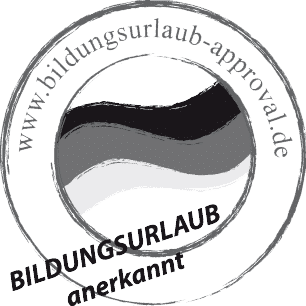
Our Newsletter
Get weekly updates on live events, new resources, courses and much more!
Thank you!
About the Teacher Portal
IH London is a member of English UK, the national association for English Language Teaching. Company no. 05120951.International House Trust Limited (trading as International House London) is a company registered in England and Wales, company number 01239120, and a registered charity, No. 270860.
Copyright © International House London 2025
The Teacher Portal V. 0.2
The Teacher Portal V. 0.2
